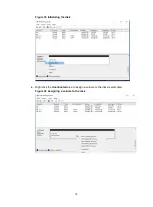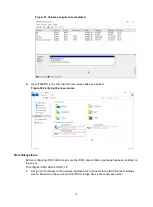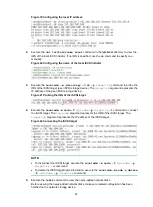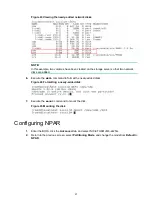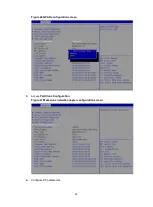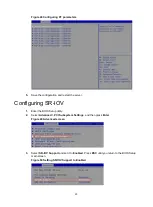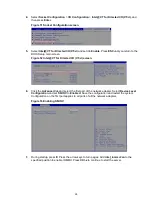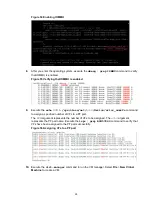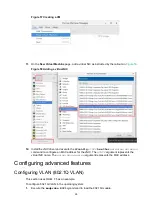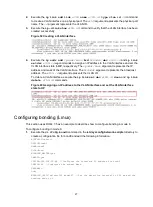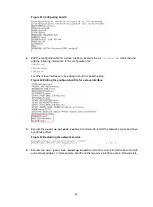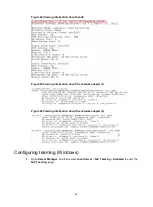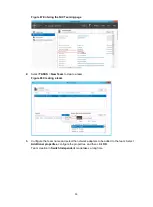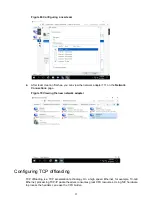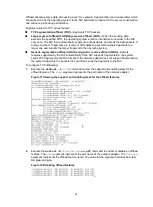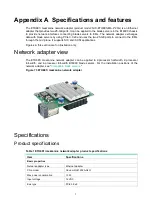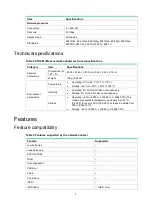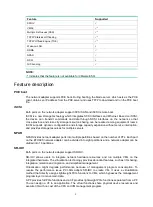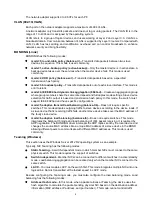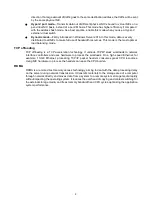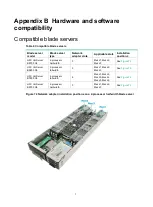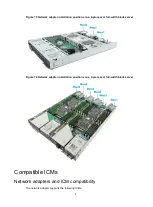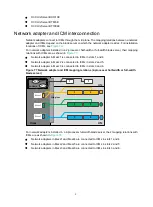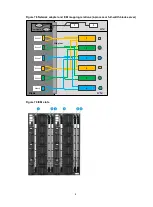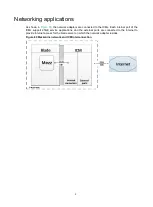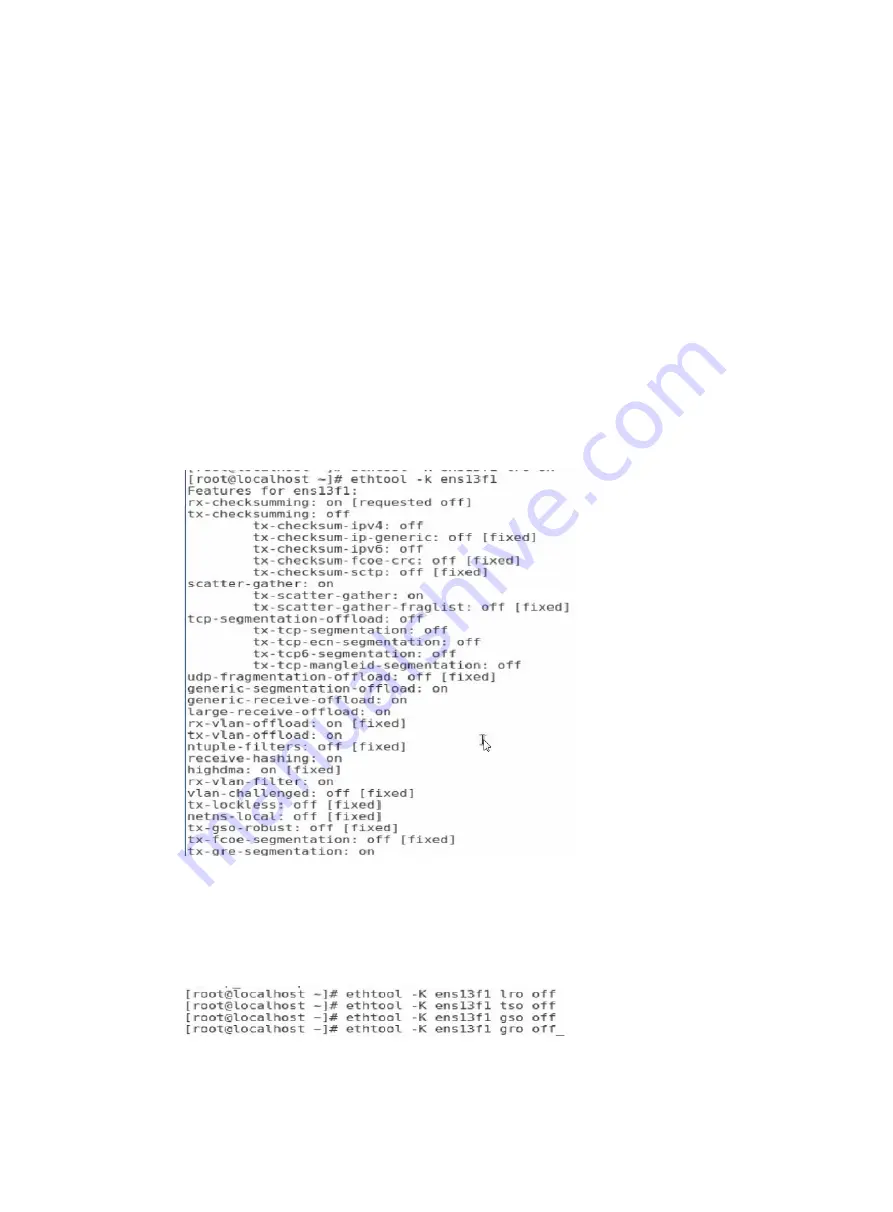
32
Offload allocates some data processing work (for example, fragmentation and reassembly) which
should be done by the operating system to the NIC hardware to reduce CPU resource consumption
and enhance processing performance.
Features related to TCP are as follows:
•
TCP segmentation offload (TSO)
—Segments TCP packets.
•
Large segment offload (LSO)/large receive offload (LRO)
—When the sending data
exceeds the specified MTU, the operating system submits a transmission request to the NIC
only once. The NIC then automatically segments, encapsulates, and sends the data packets. If
a large number of fragments are received, LRO helps to assemble multiple fragments to a
larger one and submits the larger fragment to the operating system.
•
Generic segmentation offload (GSO) and generic receive offload (GRO)
—Detects
features supported by the NIC automatically. If the NIC supports fragmentation, the system
sends TCP fragments to the NIC directly. If the network adapter does not support fragmentation,
the system fragments the packets first, and then sends the fragments to the NIC.
To configure TCP offloading:
1.
Execute the
ethtool -k
ethx
command to view the support and enabling state for the
offload features. The
ethx
argument represents the port name of the network adapter.
Figure 71 Viewing the support and enabling state for the offload features
2.
Execute the
ethtool
-K
ethX
feature
on
/
off
command to enable or disable an offload
feature.
The
ethx
argument represents the port name of the network adapter. The
feature
argument represents the offload feature name. The value for the argument includes
tso
,
lso
,
lro
,
gso
, and
gro
.
Figure 72 Disabling offload features

